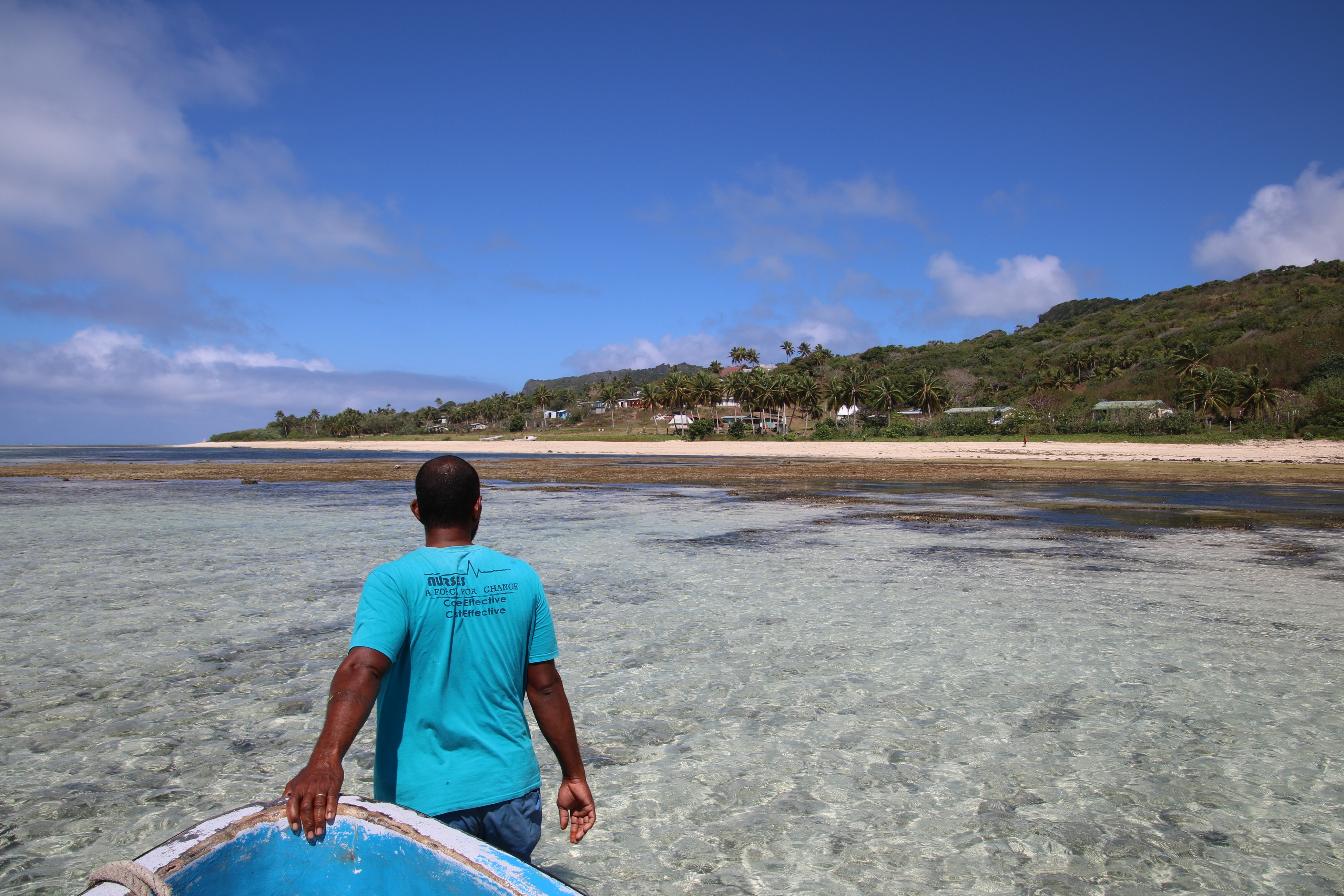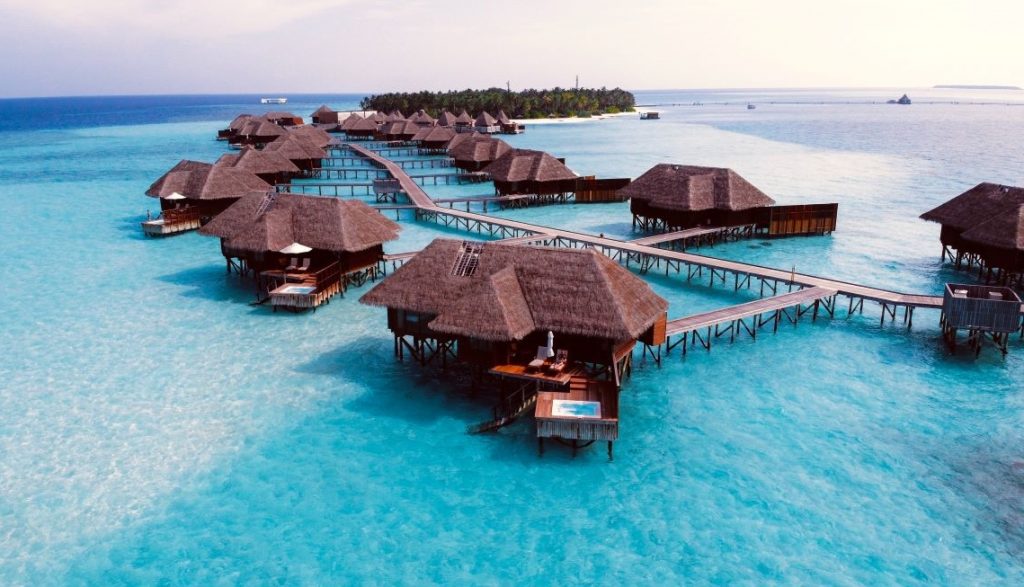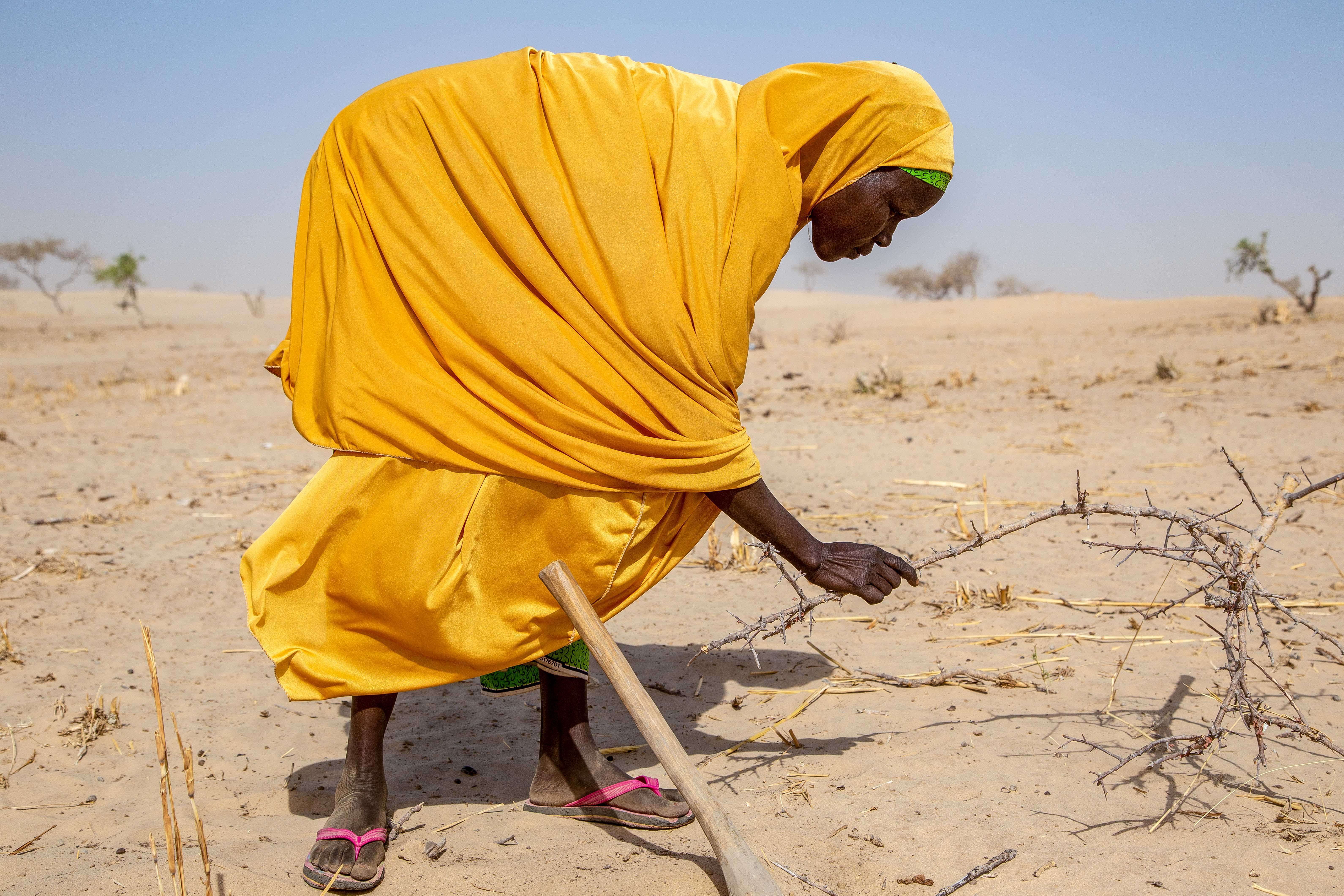Here’s why the world needs to focus on small island developing states and landlocked developing countries in 2024
Investing in SIDS and LLDCs is a strategic necessity
March 20, 2024

Small island developing states (SIDS) and landlocked developing countries (LLDCs) share some common development challenges. Two upcoming U.N. conferences offer opportunities to to chart a path for for a sustainable and prosperous future.
Two conferences that receive far less attention than they deserve are happening midyear — and four development issues need to feature prominently at both events to ensure sustainable growth for some of the world’s most vulnerable populations and ecosystems.
The Fourth International Conference on Small Island Developing States and the Third U.N. Conference on Landlocked Developing Countries are critical opportunities to shine a spotlight on the challenges faced by small island developing states, or SIDS, and landlocked developing countries, or LLDCs, on their different development pathways.
These events do not get the global attention or coverage that the G20 or Davos meetings do, and the challenges that they seek to address are often overshadowed by crises, conflicts, and issues in developed parts of the world. Yet both conferences offer the opportunity to agree on comprehensive programmes of action for SIDS and LLDCs, and to chart a path for sustainable development for their communities and the world.
Together, the 39 SIDS and 32 LLDCs — 16 of which are in Africa — represent some of the most vulnerable and marginalized populations on the planet.
Despite the fact that for some SIDS tourism represents half of national income and that they hold nearly 20 percent of the world’s offshore exclusive economic zones, implying a potential future as prosperous “large” ocean states with vibrant blue economies — these countries grapple with serious issues, including climate change and debt.
SIDS have suffered over 335 major environmental disasters since 2000, resulting in an estimated US$22.7 billion in direct damages. Over 40 percent of SIDS are now grappling with unsustainable levels of debt-to-gross domestic product ratios, and the climate finance for SIDS is “shockingly small”. According to the newly released Asia and the Pacific SDG Progress Report, SIDS have made much slower progress toward the SDGs and this gap is increasing over time.
Meanwhile, about 60 percent of the population in LLDCs is located in dryland areas, making them more vulnerable to global warming, desertification, and land degradation. Many LLDCs are mountainous countries, suffering from melting glaciers, water shortages, frequent landslides, and reduced biodiversity, among other things. With lack of territorial access to the sea and high transit costs, LLDCs need trade facilitation, regional integration, and connectivity, as well as climate finance, and financial resources for a clean energy transition.
The COVID-19 pandemic showed constraints to rolling out telemedicine, remote learning, and e-governance, and how difficult it was for SIDS and LLDCs to recover from crises, in the absence of fiscal stimulus capacity. That is why investing in SIDS and LLDCs isn't just a moral imperative — it is a strategic necessity, if we are to leave no one behind.
Here are four development areas common to SIDS and LLDCs that need to feature prominently at the two upcoming U.N. conferences and in the programmes of action for SIDS and LLDCs.

Small island developing states are highly exposed to natural hazards, but with the right investment, they have the potential to be prosperous “large ocean" states with vibrant blue economies.
1. Nature and climate at the heart of measuring development
We need to go beyond gross domestic product and put nature and climate at the heart of the way countries’ development is measured.
GDP does not consider the depletion of natural resources or the effects of worsening climate change. Scarce natural resources can exacerbate existing vulnerabilities, including food and water insecurity, social tensions, and mass migration. GDP measurement ignores that economic prosperity has come at the cost of people and our planet.
The U.N. Common Agenda urges member states to implement the System of Environmental-Economic Accounting, or SEEA, the international statistical standard for natural capital accounting. As SIDS and LLDCs update their National Biodiversity Strategies and Action Plans, it is a chance to develop actions to protect, manage, and restore the ecosystems that underpin long-term prosperity.
"Both conferences offer the opportunity to agree on comprehensive programmes of action for SIDS and LLDCs, and to chart a path for sustainable development for their communities and the world."
2. New advances in technology, high-speed broadband, and internet access
LLDCs and SIDS face several barriers to connectivity, including the digital divide and high communication costs. Support for inclusive digital connectivity can help spur productivity, innovation, and expand access to e-services, especially for vulnerable populations.
With technological advances, remote island countries such as Cook Islands and Niue have experienced how business operations and means of communication have changed and new employment opportunities have arisen.
Landlocked countries such as Moldova, Kyrgyzstan, and North Macedonia have embarked on a digital transformation journey undertaking the digital readiness assessments to identify key entry points and opportunities for near- and longer-term investments — a coordinated approach and partnership between government, civil society, and the private sector.
The Sustainable Development Goals can only be realized with a strong commitment to global partnership and cooperation.
3. Access to clean, renewable, and affordable energy
Due to the unique geographical, environmental, and economic contexts, and dependency on imported fossil fuels, SIDS and LLDCs are vulnerable to oil price shocks.
Tuvalu is on the way to achieving a planned complete reduction in greenhouse gas emissions, with the successful installation of the inaugural Floating Solar Photovoltaic, or FSPV, system. Like many SIDS, Tuvalu has been heavily reliant on imported fuel for its power generation system. This new FSPV system, meeting 2 percent of Funafuti’s annual energy demand, included a transfer of technology and knowledge that is enabling the Tuvalu Electric Corporation to undertake similar projects. This charts “a promising path for the growth of renewable energy.”
As SIDS and LLDCs update their Nationally Determined Contributions, they have the opportunity to develop innovative domestic energy policies for stronger climate action.

Landlocked developing countries are vulnerable to global warming, desertification and land degradation. Without direct access to the ocean, they critically need trade facilitation, regional integration and connectivity.
4. Affordable development financing
For both SIDS and LLDCs, debt service payments are diverting funds away from crucial areas such as education, health care, security, and social protection.
At the launch of the SDG Stimulus, U.N. Secretary-General António Guterres reiterated the call for the Group of 20 major economies to agree on a $500 billion annual stimulus to developing countries and convert short-term lending into long-term debt at lower rates.
In addition, accelerating action on countries’ climate pledges and development plans needs public and private investments, as well as tapping into innovative financing mechanisms.
Nature Performance Bonds allow countries to target sustainable finance while keeping with international environmental goals. The ability of development finance to leverage larger private finance for sustainable development is demonstrated by Fiji’s first sovereign blue bond to unlock the economic potential of its blue economy.
Such financial mechanisms are particularly relevant as countries face increasingly limited fiscal space and strain on public finances, exacerbated by high debt burdens and the ongoing impact of the COVID-19 pandemic. UNDP has launched a self-paced online course to raise awareness about the use of innovative financing mechanisms and how they can be leveraged to meet countries’ targets on nature, in a way that is beneficial to countries in their debt management.
Going forward, political will, partnership, and leadership will be critical. We can take inspiration from the Bridgetown Initiative leading to the historic establishment of the Loss and Damage Fund.
By helping to shape the next 10-year programmes of action for SIDS and the LLDCs, we can help to build a more equitable, sustainable, and prosperous future for all.
This article was originally published in Devex.

 Locations
Locations




